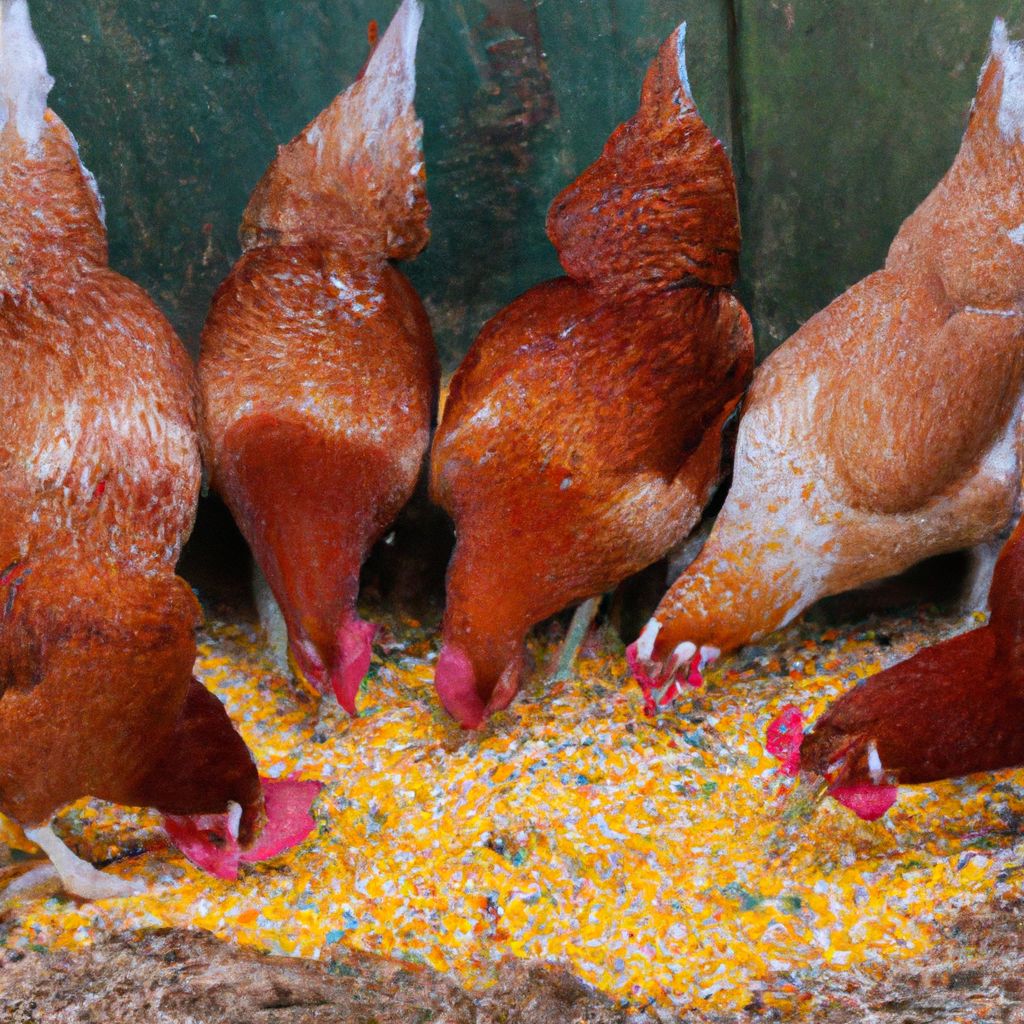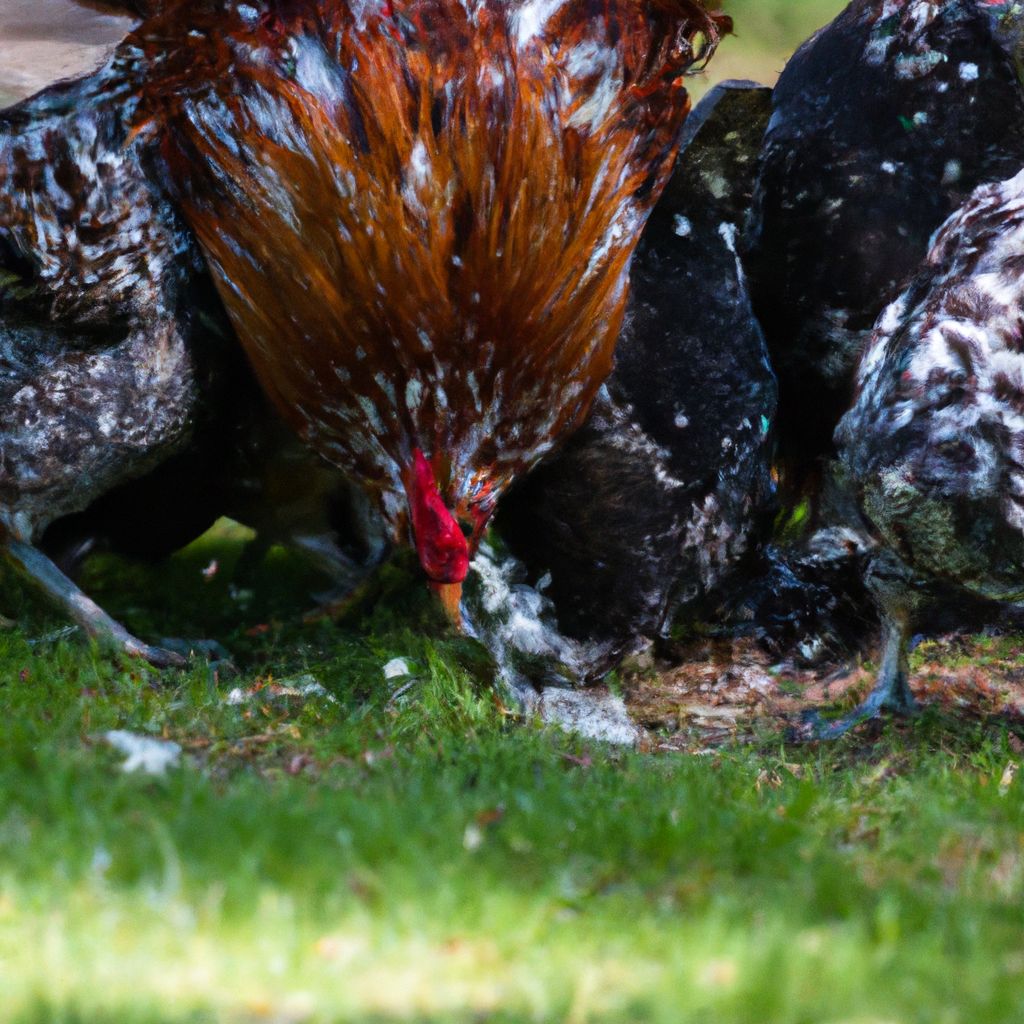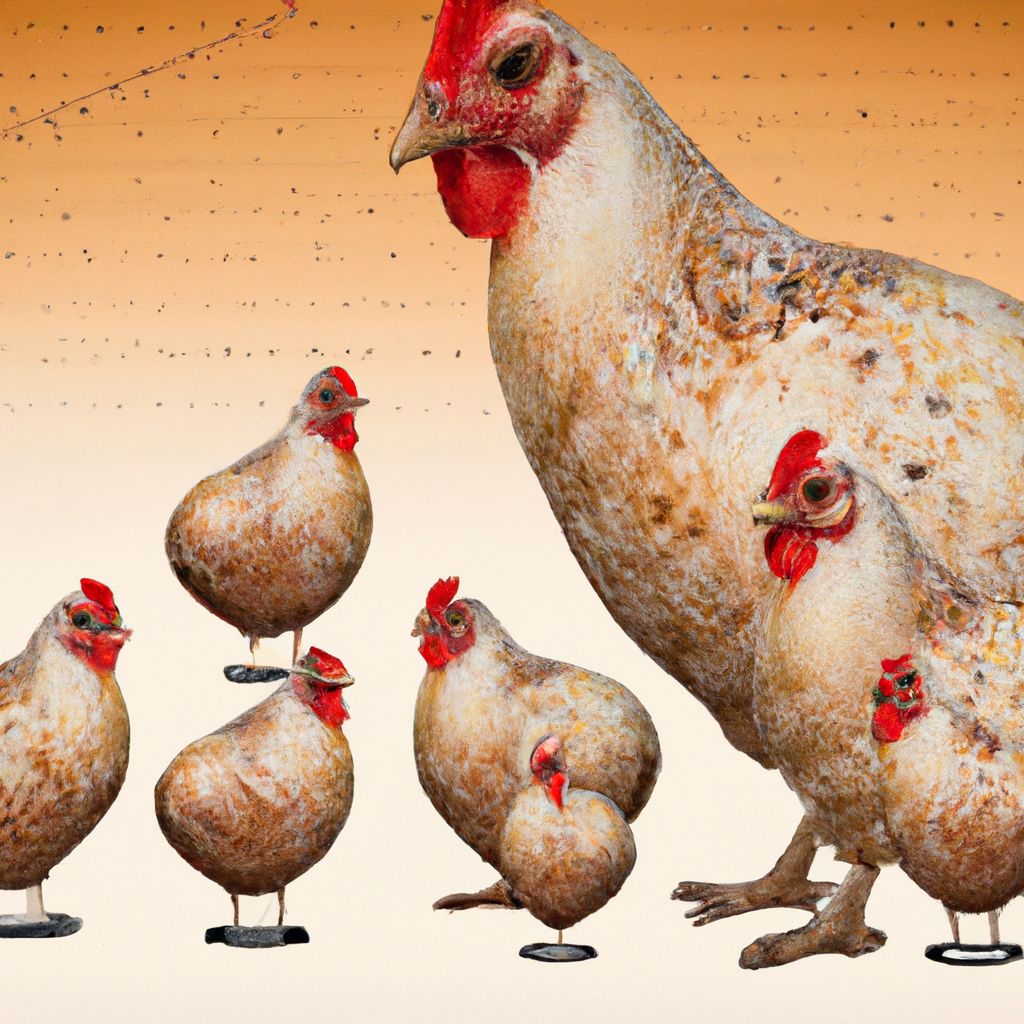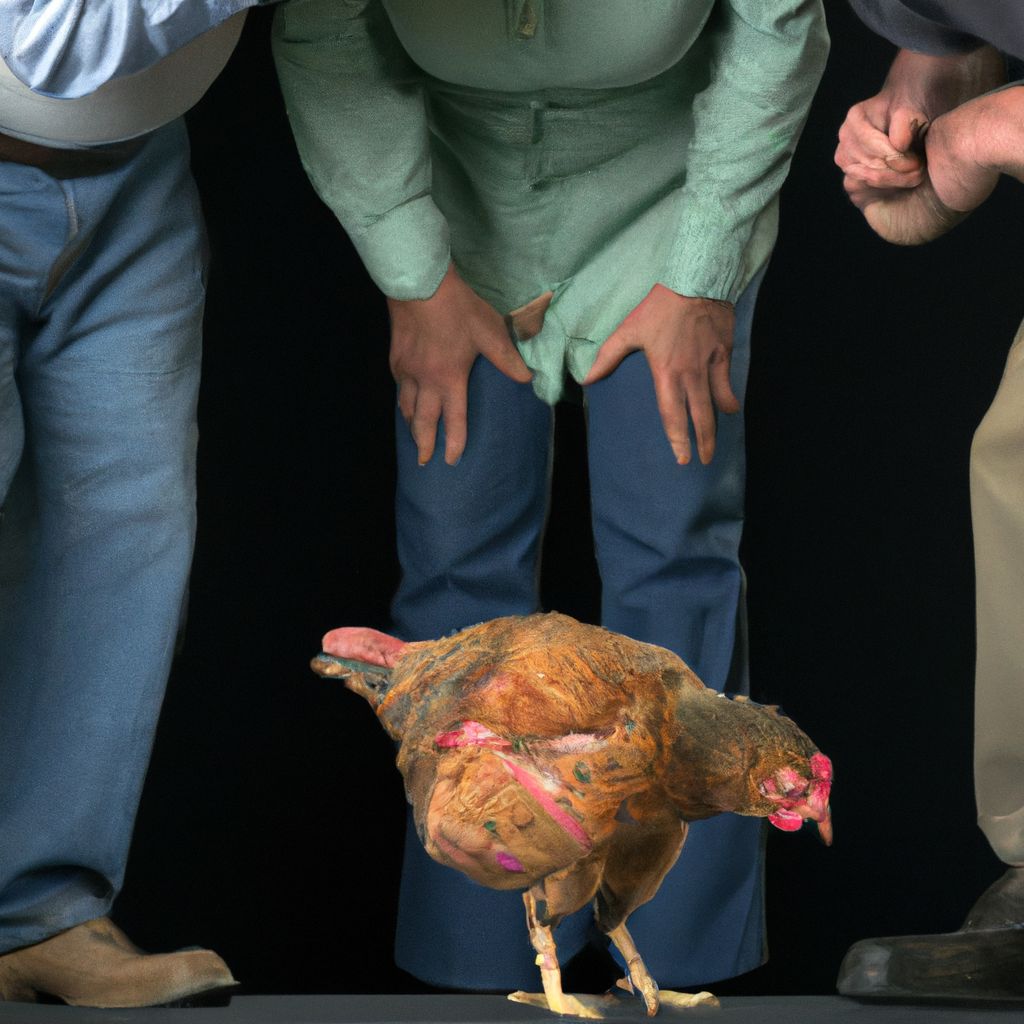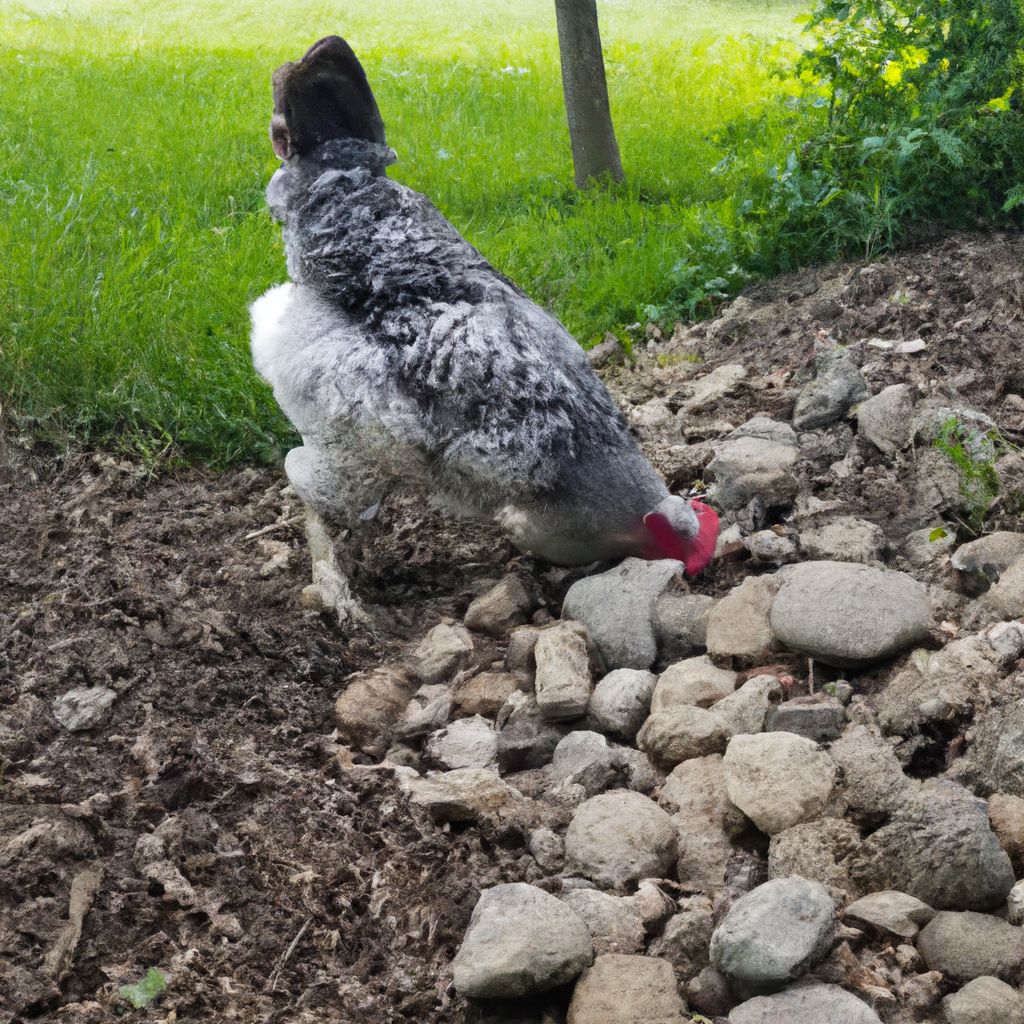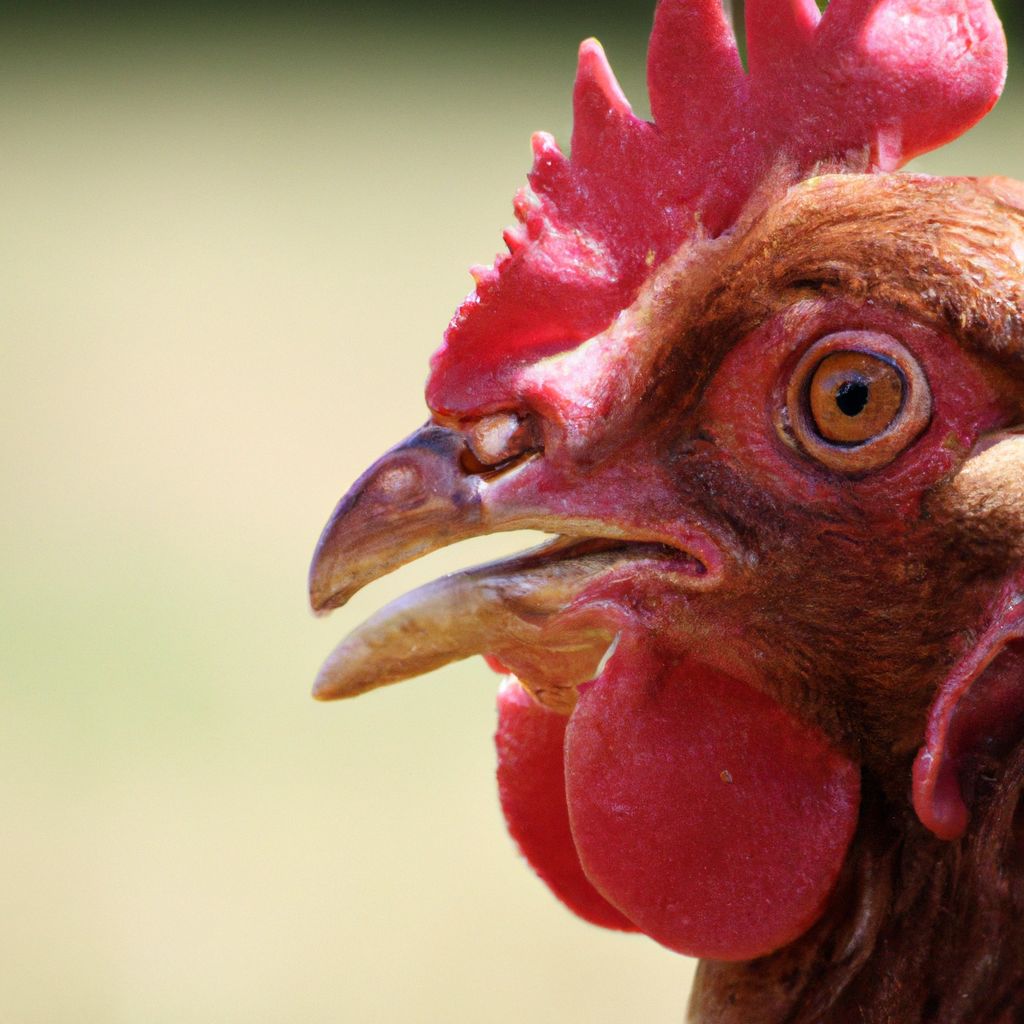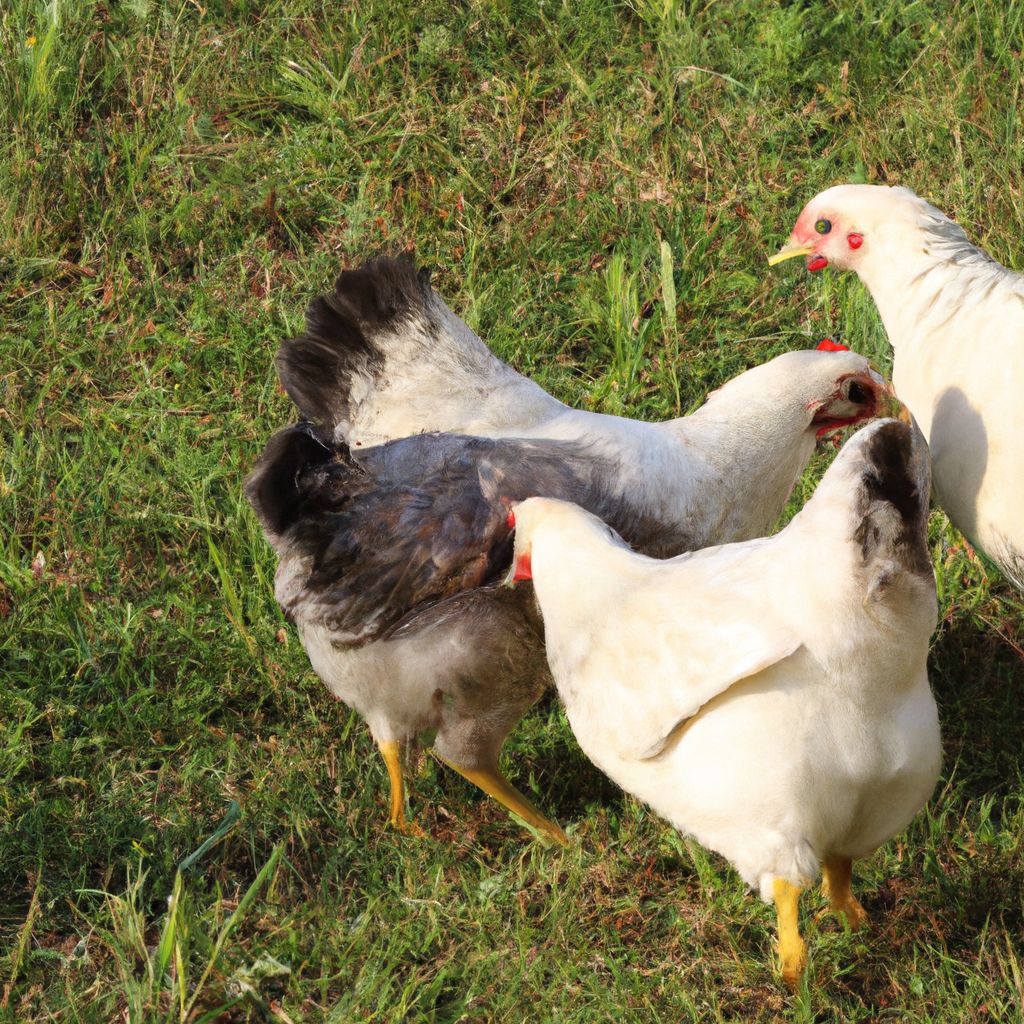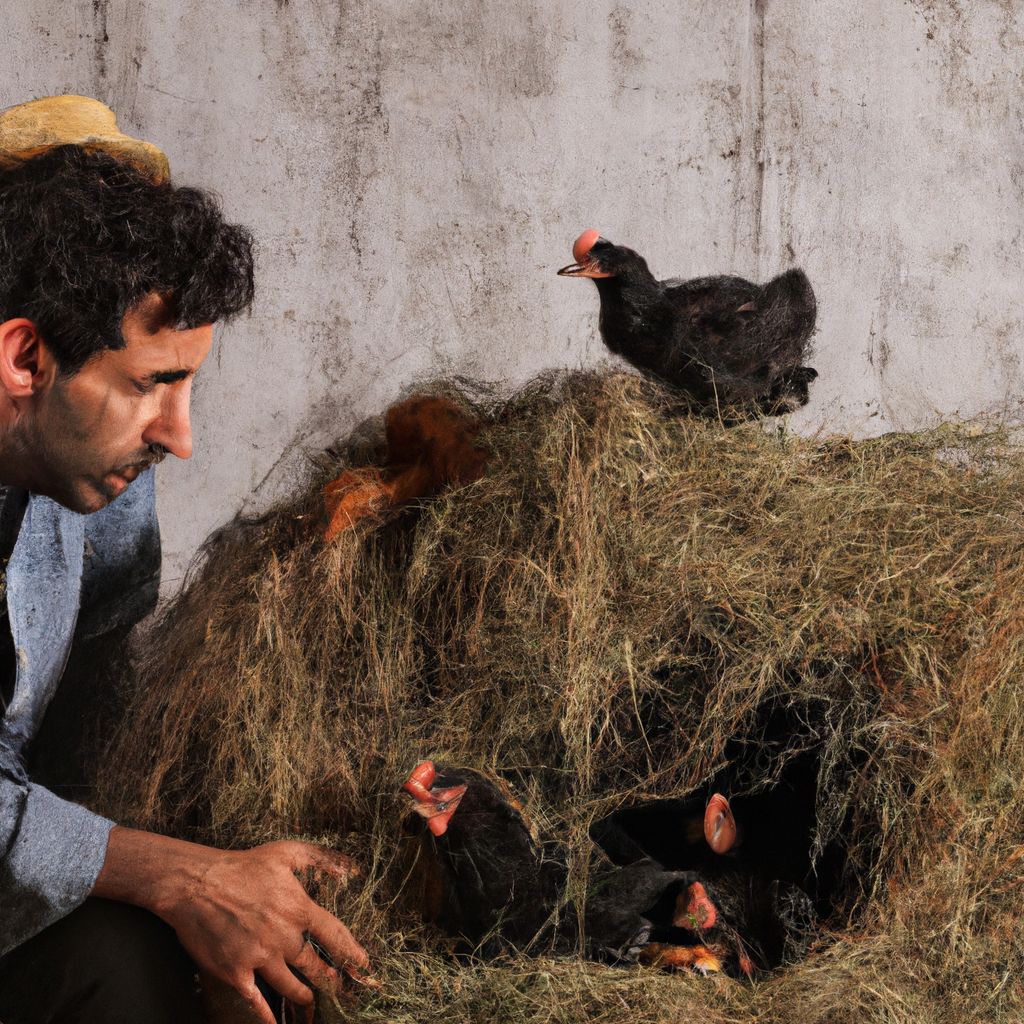Key Takeaway: Understanding the nutritional needs of chickens at different stages of development is crucial when making the switch to layer feed. Chicks require high protein starter feed, adolescents need transitioning to grower feed, and adults should switch to layer feed. Choosing the right type of layer feed and implementing a gradual transition process is
Daily Archives: January 8, 2025
Key takeaway: Lack of protein in the diet can lead to chickens eating feathers off the ground. Stress and boredom can also contribute to feather eating behavior in chickens. Diseases and parasitic attacks are another reason why chickens may engage in feather eating. Introduction: The Unusual Behavior of Chickens Eating Feathers Photo Credits: Chipperbirds.Com by
Key Takeaways: Puffing up is a natural behavior of chickens and can indicate various things such as regulating body temperature, rejecting a rooster’s advances, showing aggression or stress, or indicating illness. Understanding different puffing up behaviors is important, such as recognizing if it is for warmth, as a sign of aggression, due to stress, or
Key Takeaways: The size of eggs laid by chickens is influenced by various factors such as the weight and size of the chickens, their diet and nutrition, the amount of light they receive, the age of the hens, the skeletal size of the chickens, and the presence of predators. Some chicken breeds known for producing
Key Takeaway: Chickens cannot fly due to various factors limiting their flight abilities, such as their natural inability to fly, flight characteristics, and physical limitations. Selective breeding and domestication have contributed to the loss of flight ability in chickens, as there has been no evolutionary pressure for them to maintain the ability to fly. Physical
Key takeaway: Chickens have wings due to the evolution of their ancestors, who had flying abilities. However, selective breeding has caused chickens to lose their ability to fly. Wings play a crucial role in a chicken’s daily life. They provide balance and stability, enable communication and attracting mates, and offer protection and self-defense. The physical
Key takeaways: Chickens eat rocks as a part of their natural digestive process. Grit helps chickens break down food in their gizzard since they don’t have teeth. Natural sources of grit for chickens include small stones, pebbles, and soil. Commercial grit options such as crushed oyster shells or granite are also available. Choosing the right
Key Takeaways: Chickens make different noises to communicate their needs and emotions, such as alarm calls, broody hen warnings, chick sounds, contentment murmuring, coop chatter, crowing for dominance, dinner calls, egg song celebrations, mother hen guidance, and roosters presenting nesting spots. Chickens are particularly noisy in the morning as they express their needs for food
Key Takeaways: Regular worming of chickens is important to prevent and treat worm infestations, which can have negative effects on their health and productivity. Signs and symptoms of worm infestation in chickens include abnormal droppings, weight loss, pale comb/wattles, listlessness, dirty vent feathers, gasping and stretching, decreased egg production, and sudden death. To identify and
Key Takeaways: Chickens’ egg production can be affected by factors related to age and season. Young hens may need to wait until they are fully grown, while older hens tend to lay fewer eggs after 2 years of age. The seasons and the amount of daylight also influence laying behavior, with chickens needing about 16

